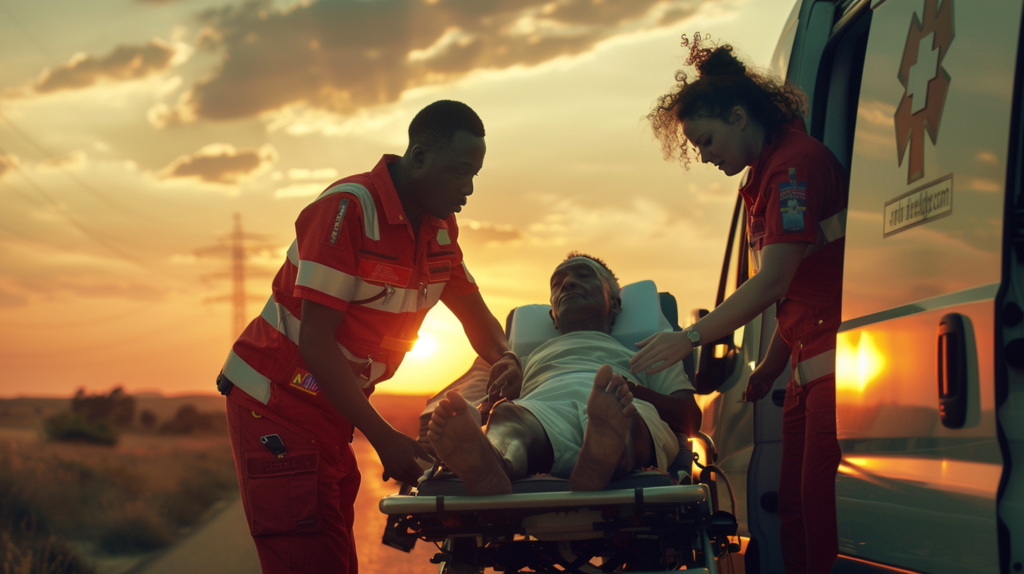Strike Back at Stroke: How to Recognize the Signs and Prevent Recurrence

May is officially American Stroke Month. Knowing early warning signs and taking swift action can drastically minimize the effects of a Stroke. Plus, it’s equally crucial to take steps to avoid another stroke. This article will cover the signs of stroke, why quick action is key, strategies for prevention, and support for mental health and […]



